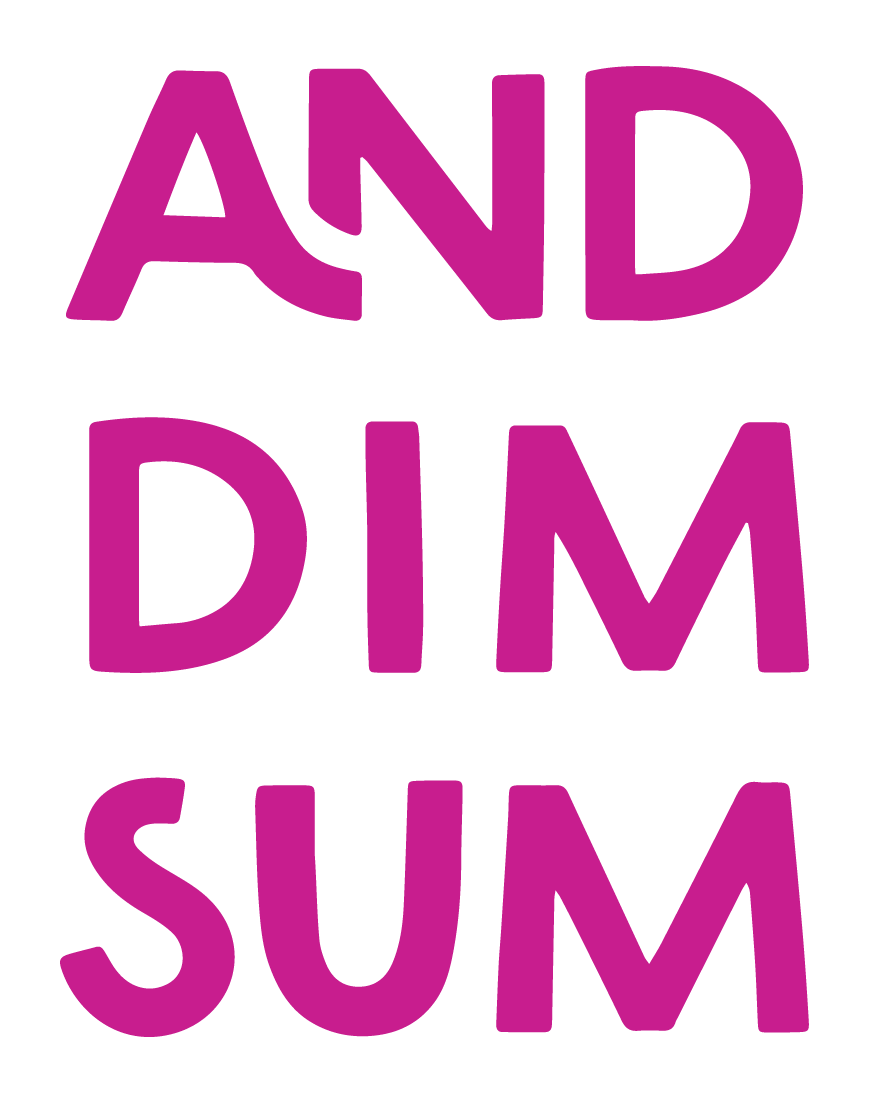Japanese Whisky and You
Our house Old Fashioned and Toki Suntory Whisky.
Guide to Japanese Whisk(e)y
Historically, the first time Westerners tried Japanese whiskey—at the time called Japanese Scotch—was in 1918, when American soldiers came into port and needed libations. The taste profile is unknown, but it likely bore little resemblance to the whisky of Scotland.
Today, there are still very few whiskey distilleries in Japan, perhaps less than a dozen—but they are mostly owned by two companies, Suntory and Nikka.
Vocab
Grain Whiskey—whiskey distilled from grain that has not undergone malting. Gives a thinner mouthfeel than malt, but provides a crisper character.
Malt whiskey-- Malt refers to the act of soaking grain in water and allowing it to germinate (kind of like sprouting), which creates more sugars from the starch in the grain allowing it to be more easily converted into alcohol.
Pure Malt – used by Nikka to refer to 100% malted barley used in the mash, and pot stilled. Similar to the malt whisky of Scotland.
Mizunara—the Mongolian Oak that is indigenous to Asia, it is similar to the American and European oak used in barrel-aging in those continents. Provides compounds called vanillins, which imparts a vanilla, toffee, and coconut flavors.
Tasting (and “nosing”)
First, look a the whiskey and determine the color: Japanese whiskeys do not use caramel coloring, so the hue is indicative of how long it has been aged. Lighter indicates a younger whiskey, while a darker hue indicates more time in the barrel (as a general rule: there are always exceptions). Next, smell the whiskey, with your sample held around chin height; too close to your nose and the initial rush of alcohol will dull your palate. After the initial sniff, move it closer, and see what types of notes you get. Younger whiskeys will give a fresher fruit character, while pure malt will give a distinct sweet aroma, and older whiskeys will give brown sugar and candy. Now, take a small sip, and allow it to coat the tongue. The alcohol will slightly stifle your taste buds, so wash it around, swallow, and repeat. You may perceive more on the second taste; note any sweet fruit, nuts, or honey. Then on to the next! You may wish to limit the amount of whiskeys you taste during one sitting so that you are able to remember them all.
Some bottles that are easy to find at the VA ABC (and under $50)…
Suntory Toki ($39.99)—as the name suggests, this is from the House of Suntory. It contains whiskeys from Yamazaki, Hakushu, and Chita—both grain and malt. A young whiskey, notice pear and apple on the nose, with a hint of sweet honey. On the palate, bright green apple notes and citrus abound, and oak influences seen in the finish, with a touch of lingering spice. “Toki” translates in English as “time”, perhaps as a reference to the history of the distilleries. Try it alone, or with soda and lemon as a pairing for lighter flavors.
Tenjaku Blended ($39.99)—the mashbill for this whiskey contains corn and barley, and it is finished in American ex-bourbon casks, making it an ideal entry point for bourbon fans. The nose has the pears typical of a younger style, with more ripe fruit on the palate, with the spiciness typical of oak aging. The kanji on the label translates to “skylark”, meant to echo the flavor of the whiskey as “pure and clear” as the song of the bird. Try this as an old-fashioned, or over ice, with something that has some fat to it.
Mars Iwai ($41.79)
Umiki ($49.99)
Kikori ($44.99)
…and some bottles that are harder to find, and WAY over $50
Nikka Pure Malt ($79.99)—a flagship product of the Nikka distillery. Made with 100% pure malted barley, the complexity here echoes that of the Scottish. The nose gives malt, coconut, and smoke, while the oak comes through in the mouth, with buttercream, vanilla, and ripe peaches. The finish has classic baking spices and subtle smoke. A match for bolder flavors.
Hibiki Harmony ($99.99)—from the Suntory distillery, this is made with malt whiskey from the Yamazaki and Hakushu distilleries, and some grain whiskey from Chita. The barrel aging includes five different woods, including ex-sherry, American Oak, and Mizunara oak. Caramel apples on the nose, with winter spice, salted butter, and melted toffee bars coat the tongue upon tasting. The finish lingers, with brown sugar, citrus, and white pepper. Pair this with dessert, or something spicy.
Yamazaki 12 ($129.99)—I used to buy this whiskey for less than $50. Is it worth this price? Maybe, but it tasted better when it wasn’t so expensive.


